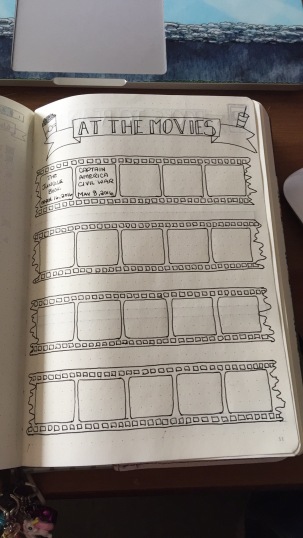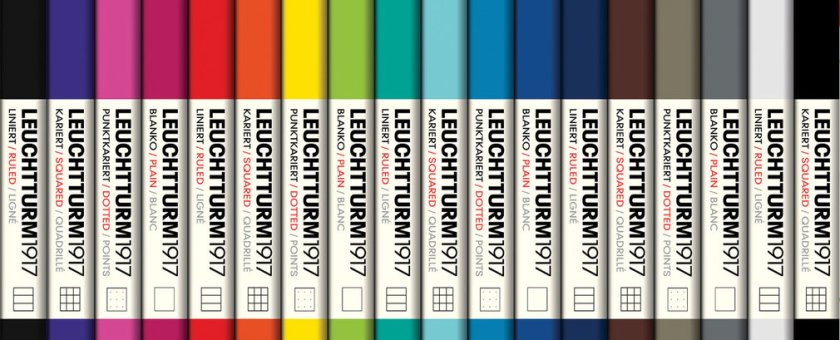Thanks for reading through my series on Bullet Journalling. I really hope it was helpful for you to either help expand your bullet journalling, or to even start one.
I love the flexibility and recommend it all the time to people who are struggling in their current planner, or are looking to get started in paper planning. Just the other day I was in my bank and one of the ladies behind the counter was talking about how she needed space to write lists, but her current calendar pages just didn’t allow all the items she needed to do in one day sometimes. And I told her about bullet journalling, and how easy it is to do, and to conform to what you need it to do instead of conforming to a little box, or a page.
It’s so fun sharing how bullet journalling has helped me find planner peace. You can bullet journal in anything you want. Even in a preplanned planner, its all in doing what you need and how you need to do it, to get stuff done.

My journey has brought me to a place now where I bullet journal in my travelers notebook for daily tasks etc, and then I use my Leuchtturm1917 journal for what I call Master Lists and collections. I have a master list for groceries, one for cleaning around the house, tv watching collections, and so many other things that I want to keep track of but don’t really want to carry around with me every day. In my TN, I have my planner pages, a note book for jotting notes, or numbers, or info that I receive during a day, a calendar for my staff hours and vacation times, and a notebook for writing down new knitting patterns. This system is keeping me very organized and helps me to get things done.













